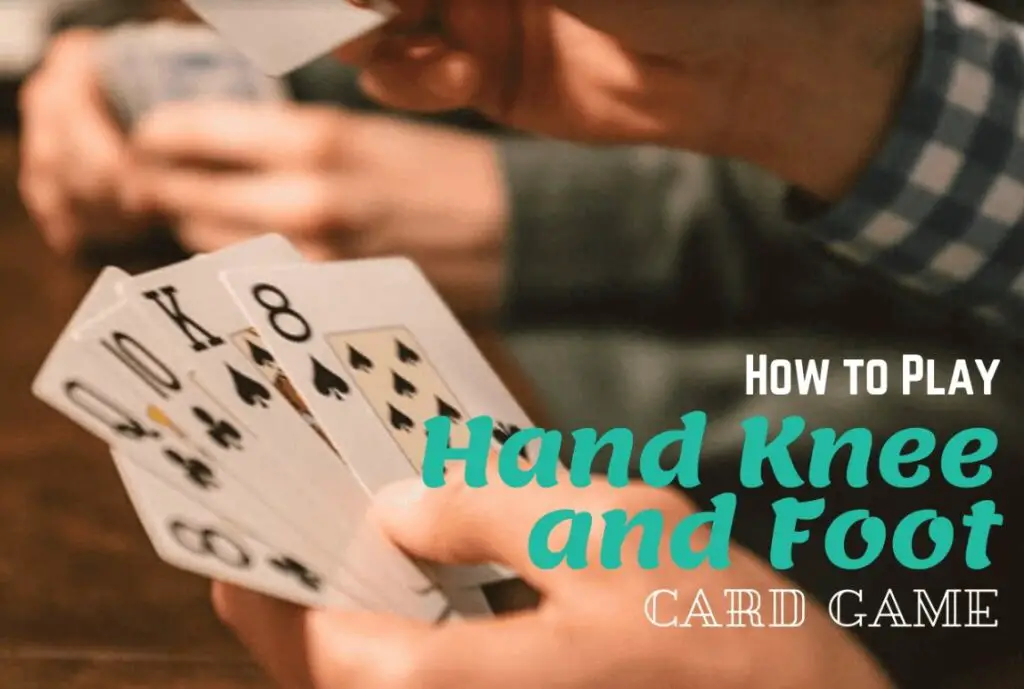
When the players turn comes, a player is always entitled to draw the top card of the stock. Each turn comprises a draw, a meld (optional) after drawing, and a discard, which ends the player's turn. Thereafter, the turn to play rotates clockwise (to the left). The player to left of the dealer plays first. The principal object of play is to form melds - combinations of three or more cards of the same rank - with or without the help of wild cards. The value of the red threes is credited to a side that has made a meld, or debited against a side that has made no meld, when the hand ends. Finally, a player who takes the discard pile and finds a red three in it must place the three face up on the table but does not draw a replacement.Įach red three has a bonus value of 100 points, but if one side has all four red threes, they count 200 each, or 800 in all. A player who draws a red three from the stock also lays it on the table face up and draws a replacement. If the upcard is a joker, deuce or three, one or more additional cards must be turned upon it until a "natural" card (a four or higher) appears.Ī player finding a red three in their hand must, on their first turn, put it face up on the table and draw a replacement from the stock. The undealt remainder of the pack is placed face down in the center of the table, becoming the stock, and the top card is turned face up beside it. The dealer gives 11 cards face down to each player, one at a time, clockwise, beginning with the opponent on their left and ending with themselves. After the shuffle, the deck is cut by the player to the dealer's left. Any player who wishes may shuffle the deck, and the dealer has the right to shuffle last. Thereafter the turn to deal rotates clockwise. The first hand is dealt by the player to the right of the person who drew the highest card.

A player drawing more than one card or one of the four cards at either end of the deck, must draw again. Players drawing equal cards or jokers must draw again. Only for the draw, suits rank: Spades (high), hearts, diamonds, clubs. The player drawing the highest card has choice of seats, plays first in the first deal, and has the player drawing the second-highest card as their partner. Partnerships may be determined by drawing cards from the deck. A wild card is melded only with natural cards and then becomes a card of that same rank.

Canasta, a game of the Rummy family was the most popular American game in the early 1950s.


 0 kommentar(er)
0 kommentar(er)
